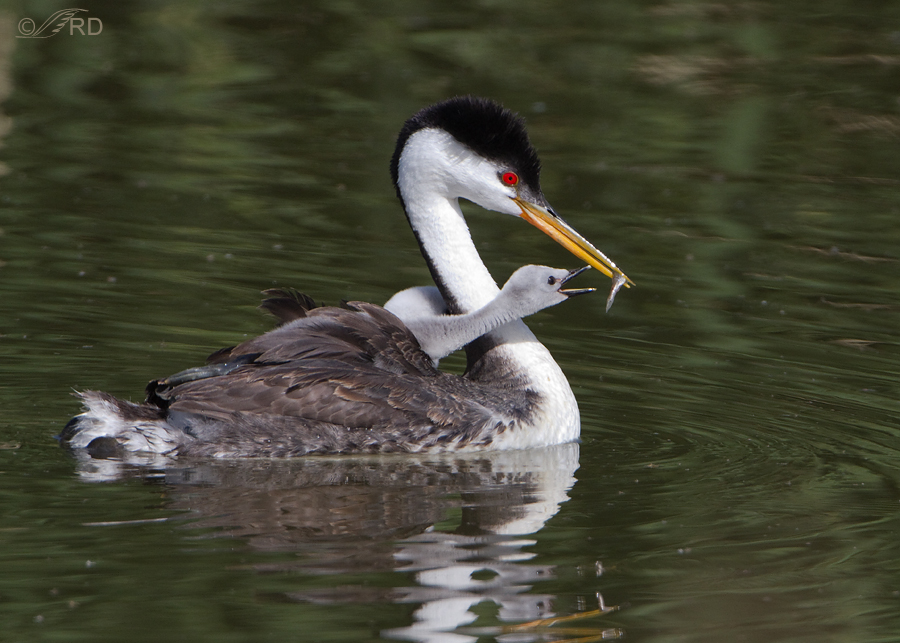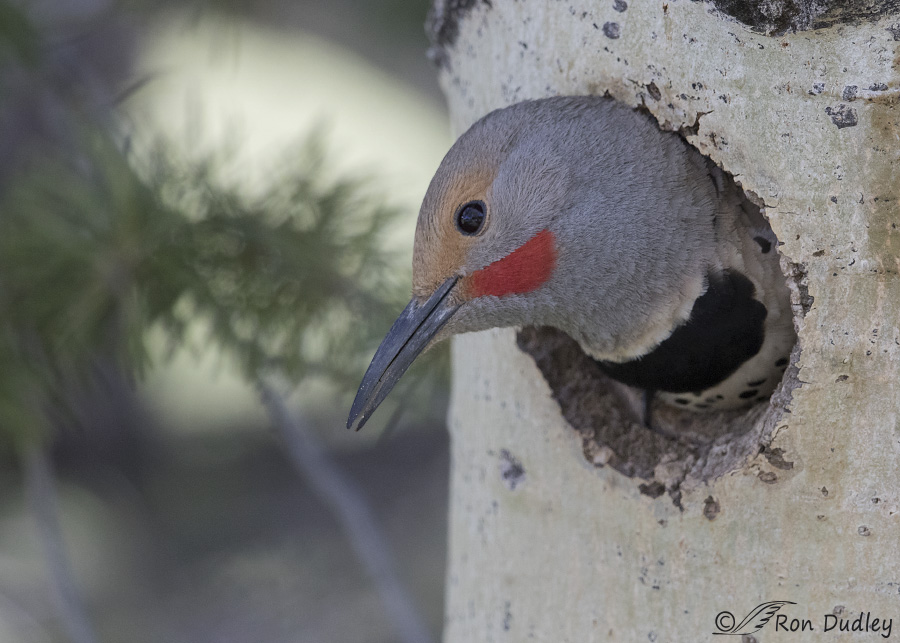Tag: competition
Northern Flickers With A Little Competition For The Nest Cavity
A Gluttonous Pied-billed Grebe
Pied-billed Grebes are opportunistic feeders so they’re not very fussy about what they eat, but they do seem particularly fond of crayfish, fish and frogs (including tadpoles). Before consuming crayfish and frogs (both are often too large to swallow whole) they rip them apart in an incredibly rapid shaking frenzy that tears off limbs and pieces before they’re swallowed (something I’ve documented here with a frog). They have very strong jaw muscles and before swallowing fish they repeatedly pinch them with their beak, which kills them by damaging their internal organs. Occasionally, when choosing prey, their eyes are bigger than their stomachs – as you’re about to see. (all images are presented in the order that they occurred) All images presented in this post had the following techs: f/6.3, ISO 500, 500 f/4, 1.4 tc, shutter speed ranged from 1/2000 to 1/1250 Last winter, I noticed this grebe just after it surfaced with a fish. A very large fish, at least relative to the size of the bird who must now swallow it. (I’ve never seen one tear a fish into smaller pieces before eating it). As a side-note, I liked the “extra eye” in the reflection at the bottom of the frame. I thought this image would give the viewer a good sense for the size of the fish – especially its width! But the poor bird didn’t have any time at all to get the meal down before other grebes rushed in to try to steal the fish. The competition at times like this is…
Bald Eagle Eating a Fish in Mid-air
I’ve often seen Bald Eagles carrying fish but never one actually consuming the meal while flying. Until yesterday, when I got some photos of the behavior. Thanks to Mia for calling my attention to it or I may have missed the whole thing. Eating carp in flight At first I wondered if this eagle was only killing the carp with a lethal bite as I have seen other raptors do in-flight, but then I remembered that it was already dead when it was picked up by the eagle. These fish were killed by refuge personnel (they use rotenone) in order to prevent damage to the wetlands done by these invasive fish. Falling fish scales The four photos in this sequence are in the order that they happened. Here you can see scales and debris falling from the carp as the eagles very sharp bill does its damage. Part of the head, including gill flap (operculum) being torn off I suspect that the reason this eagle chose to consume at least part of its meal in flight has to do with competition. There weren’t many fish available and lots of hungry gulls and eagles to squabble over them. If an eagle tried to eat a fish on the ice (the ponds were mostly frozen) other birds would usually challenge them for the meal. Even gulls were at times very aggressive toward the eagles. On several occasions I observed gulls biting the tails of the eagles while both were in flight. Perhaps this eagle figured it had…
Northern Harriers Fight to Survive Harsh Winters
Typically life is good for the hundreds of Northern Harriers who spend fall and winter in the marshes and prairies surrounding the Great Salt Lake after spending breeding season up north. Here their diet consists almost exclusively of microtine voles (small rodents resembling mice). These voles are incredibly abundant and relatively easy prey. It’s quite unusual to see a harrier even attempt to catch a songbird or anything else for that matter. Harrier hunting voles near the Great Salt Lake However the easy life takes a major turn for the worse during unusually harsh winters with intense cold and deep snow packs. During these times the voles spend most of their time underground eating roots and dried vegetation which means the primary source of food for harriers is suddenly unavailable just when they most need nourishment for warmth. And since most songbirds (their fall-back food source) have either migrated south or have already succumbed to the many American Kestrels in the region, simple survival for the harriers is suddenly very precarious. Now, out of desperation, harriers begin to go for larger prey – ducks and coots for example. Harrier on a duck kill frozen into the ice They aren’t able to take these prey often and when they do they can’t eat them quickly like they can a vole. The result is intense aggression – fighting fiercely over food. Typically I see very little true aggression(other than territorial squabbles) between harriers but all that changes when food becomes scarce. A relatively large prey item will provide multiple…



